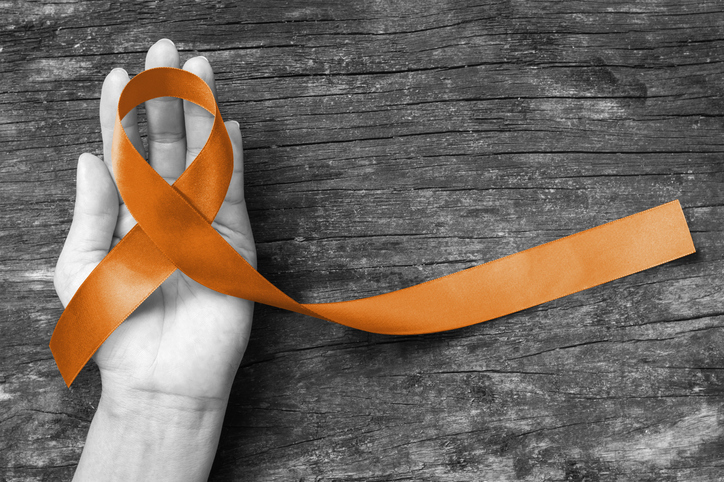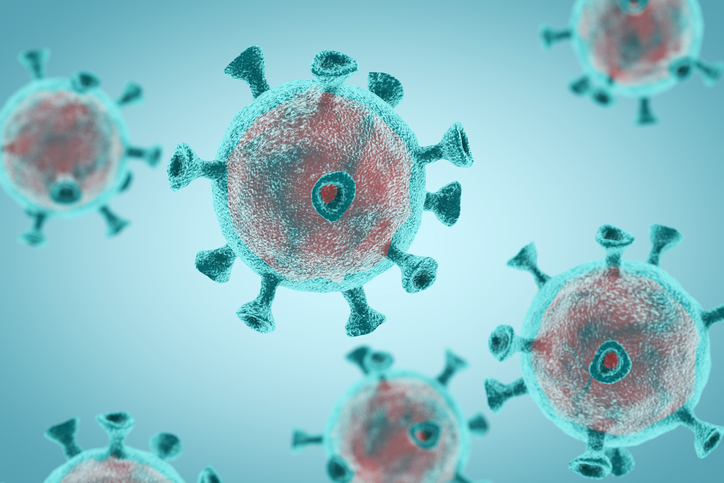Copper & Coronavirus: Here’s What You Need To Know

I think that one of the scariest things about the novel coronavirus is the virus’s ability to remain alive on several types of surfaces.
“A new analysis found that the virus can remain viable in the air for up to 3 hours, on copper for up to 4 hours, on cardboard up to 24 hours and on plastic and stainless steel up to 72 hours,” according to one source.
Another study analyzed information about human coronaviruses (other than the new one) and how long they can survive outside of the body.
“They concluded that if this new coronavirus resembles other human coronaviruses, such as its ‘cousins’ that cause SARS [severe acute respiratory syndrome] and MERS [Middle East respiratory syndrome], it can stay on surfaces — such as metal, glass or plastic — for as long as nine days (In comparison, flu viruses can last on surfaces for only about 48 hours).”

The evidence suggests that some of these viruses are not able to remain active for very long at temperatures higher than 86 degrees Fahrenheit. These viruses can also be killed with the proper disinfectant, which is why you may have a hard time coming by cleaning supplies in the grocery stores these days.
Although the analysis mentioned earlier found evidence which showed that the new coronavirus can remain alive on a copper surface for up to four hours, there is also evidence which showed that “[c]opper can effectively help to prevent the spread of respiratory viruses, which are linked to severe acute respiratory syndrome (SARS) and Middle East respiratory syndrome (MERS),” according to this report on a study from 2015.
So although copper does not appear to immediately destroy the new coronavirus, it still may help prevent the rapid spreading of other human coronaviruses that can affect people as we battle the new virus and try to protect our immune systems.
“On copper, and a range of copper alloys -- collectively termed 'antimicrobial copper' -- the coronavirus [not COVID-19, the new one] was rapidly inactivated (within a few minutes, for simulated fingertip contamination),” according to the study report referenced earlier.
“Exposure to copper destroyed the virus completely and irreversibly, leading the researchers to conclude that antimicrobial copper surfaces could be employed in communal areas and at any mass gatherings to help reduce the spread of respiratory viruses and protect public health.”
(If the new coronavirus lasts for up to four hours on copper, that is significantly better than it lasting on other types of surfaces for up to 24 or 72 hours).
Before we further discuss the use of copper in communal spaces, particularly hospitals (where infection is so common), let’s talk about exactly what copper is.
To put it simply, copper is a metal. Pennies are made of copper and zinc. And some other items that may be made of copper include jewelry, bowls, pipes, wires, silverware and more.
And yes, we also consume copper.
We are so conditioned to think that consuming a metal is “bad” that copper doesn’t sound like a nutrient at first blush. No wonder; lead, mercury and antimony are poisonous! But in appropriate amounts, our bodies definitely need copper.
To be more specific, copper is a red-brown metal, a chemical element on the periodic table (Cu). Ninety-five percent of copper is carried around by a protein called ceruloplasmin. The rest is called free copper.
In the body, it works by helping enzymes (proteins that trigger chemical reactions in the body) do their work. If there’s enough copper around, these reactions will happen; if there isn’t, fewer reactions will happen.
One important type of reaction involves energy production in the body. Our bodies have little energy factories inside the cell, known as mitochondria, which create little energy packets known as ATP, from the food you eat. You need ATP for everything from getting up in the morning to pursuing a romantic partner! Without enough copper, mitochondria can’t make enough of the ATP you need.
Copper also functions as an antioxidant (antioxidants are important for immune function). It is also crucial for using iron in the body.
Dietary sources of copper include organ meats, shellfish, nuts, seeds, wheat-bran cereals and whole grain products.
So because copper has been found to have antimicrobial properties, many people are asking why this metal is not more commonly found in hospitals and other communal spaces.
Well, according to Michael Schmidt, a professor of microbiology and immunology at the Medical University of South Carolina, who studies copper and was referenced in this report, “What happened is our own arrogance and our love of plastic and other materials took over. We moved away from copper beds, copper railings, and copper door knobs to stainless steel, plastic, and aluminum.”
My hope is that our society begins to use more copper, especially given the current coronavirus pandemic we are facing. Copper may be help to reduce the impact of these pandemics.
“The antimicrobial activity of copper and copper alloys is now well established, and copper has recently been registered at the U.S. Environmental Protection Agency as the first solid antimicrobial material. In several clinical studies, copper has been evaluated for use on touch surfaces, such as door handles, bathroom fixtures, or bed rails, in attempts to curb nosocomial infections [which are infections caught in the hospital that are potentially resistant to antibiotics],” reports the American Society for Microbiology.
To me, the proof is in the pudding. But until we see more copper around, the best thing we can do is properly disinfect commonly touched surfaces such as countertops, door knobs, steering wheels, keyboards, our phones, railings and more. For information on how to effectively and safely disinfect, check out these guidelines from the Centers for Disease Control and Prevention.
For more information on the new coronavirus, including how to help protect yourself and keep your immune system strong, click here.
Remember that proper handwashing and practicing social distancing are more critical than ever now.
Let’s fight this together!
Enjoy your healthy life!
The pH professional health care team includes recognized experts from a variety of health care and related disciplines, including physicians, attorneys, nutritionists, nurses and certified fitness instructors. This team also includes the members of the pH Medical Advisory Board, which constantly monitors all pH programs, products and services. To learn more about the pH Medical Advisory Board, click here.







